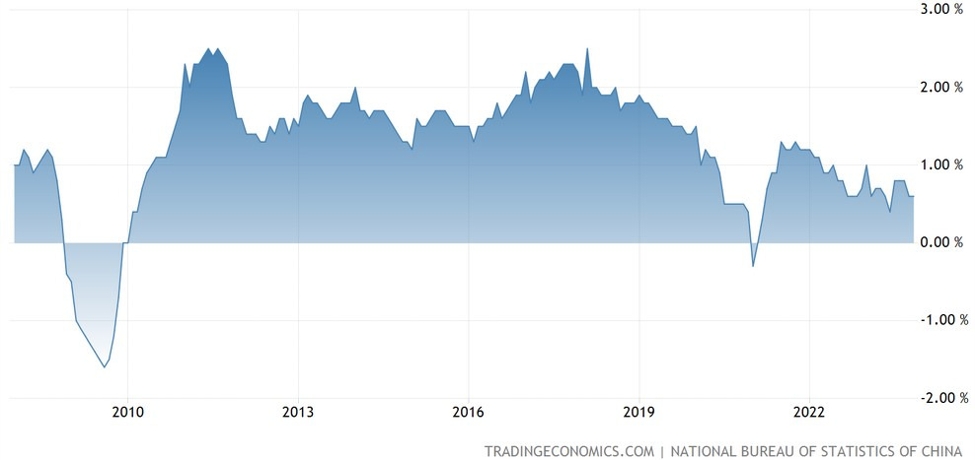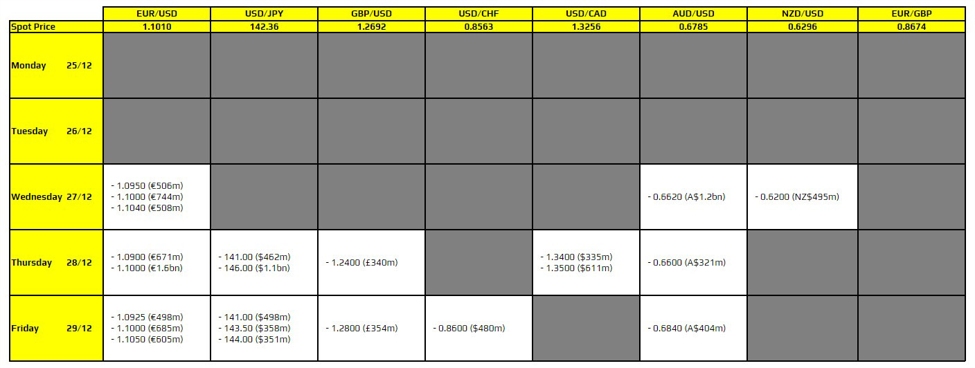In a Wall Street Journal editorial today, the editoral board warns that Trump’s firing of Fed Governor Lisa Cook marks a power play to bring the Federal Reserve under his personal control.
Cook, accused of mortgage fraud tied to past home loan applications, says she will legally challenge her dismissal—setting up what could become a landmark case over the President’s ability to remove Fed officials “for cause.”
The editorial argues, that if Trump prevails, he could establish the precedent to dismiss other governors and indirectly control the FOMC by reshaping regional Fed leadership. Critics argue this would strip away central bank independence, drawing parallels to politically driven central banks in Turkey, Argentina, and even Nixon’s pressure on Fed Chair Arthur Burns in the 1970s that contributed to runaway inflation.
The editorial notes Trump doesn’t need this fight—he already has sway over policy through upcoming Fed appointments, including Powell’s replacement next year. Still, the risk is clear: a politicized Fed may deliver short-term wins but undermine long-term credibility and stability.
And overall, that has not worked well in the past.
My Add: What he wants, he gets (or does not give up at getting it).
Since Powell refused to bow to Trump’s pressure to cut rates—and because Trump has no direct power over monetary policy—making the Federal Reserve “his house” has become a top priority. At one point, this even manifested in a threat to fire Powell for cause over the high costs of the Fed’s new building and renovations. That idea faded after likely legal advice, but the desire for control never went away.
The pressure on Powell only increased, including Trump’s intention to pre-announce his successor well before the end of Powell’s term. With Trump-appointed Governors Bowman and Waller dissenting, and Governor Kugler’s resignation, the balance on the Board shifted to three Trump allies.. The firing of Governor Cook, following allegations of mortgage fraud, raises the prospect of Trump securing a 4-seat majority on the seven-member Board of Governors. Then in 2025, he gets to replace Powell who will lose his Chairman title, and is expected to resign his governor seat increasing the number of Trump appointed seats to 5.
What would that majority mean?
The Board could move to reduce the power of regional Fed Presidents—who currently hold rotating FOMC votes—and instead centralize more authority in Washington. More specifically, the Board could push for changes requiring the President to directly appoint, and Congress to confirm, regional Fed leaders. The presidents are currently announced by the regional Fed Banks themselves. With the GOP controlling both chambers of Congress, Trump’s ambition to fully own the “House of the Fed” could become reality.
Now, a Trump-dominated Board wouldn’t necessarily slash rates to 1% overnight just because the President wants it. But the bias would almost certainly tilt more dovish, giving the White House outsized influence over monetary policy. Unsurprisingly, the bond market isn’t comfortable with this scenario—the 2s–30s yield curve has steepened to its widest since January 2022, reflecting fears of inflation risks and political interference at the Fed.
The USD could face volatility—short-term gains on looser policy expectations, but longer-term downside if credibility erodes. Meanwhile, gold and inflation hedges may attract renewed flows if markets start pricing in a more politically driven Fed.















